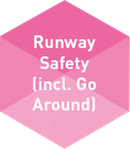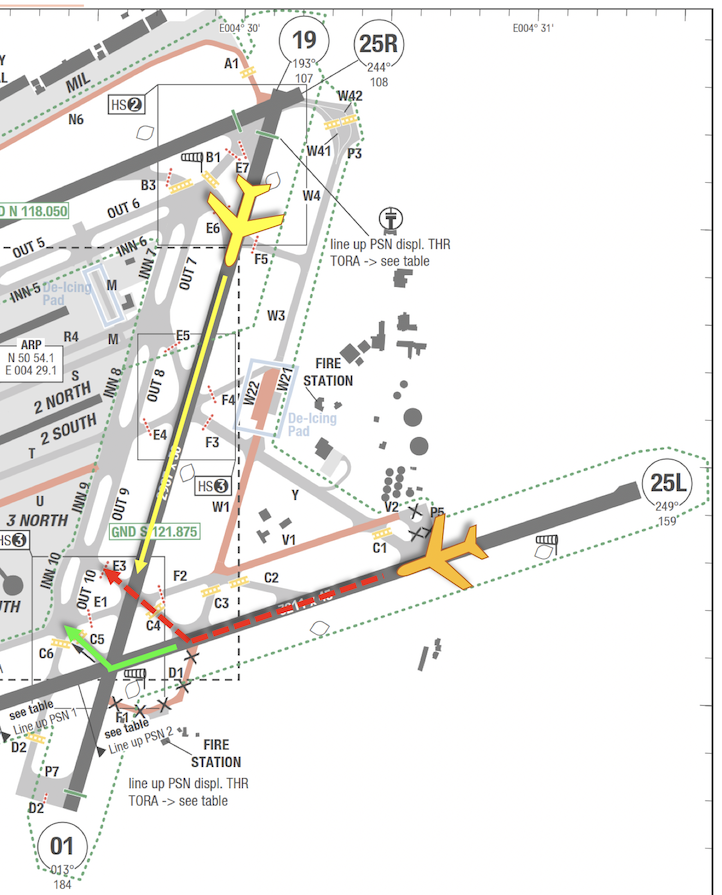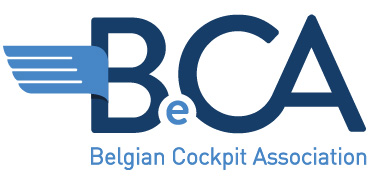Runway Safety
 | What? | Runway friction measurement/reporting Crossing runway operations Tailwind (see also Brussels Airport Tailwind) |
Why? | Deficiencies in RWY friction measurement may lead to runway excursions (RE) Crossing RWY operations inherently increase collision risk Tailwind operations are a major factor in runway excursions (RE) | |
How? | BeCA is a valued partner at Local Runway Safety Teams in Belgium and will continue to commit resources to this fruitful initiative During crossing runway operations (25L+19) in EBBR, aircraft landing on RWY25L should be mandated to vacate at C5, effectively removing a collision risk with departing traffic on RWY19 |
Avoiding runway related occurrences
Runway safety embraces all matters concerned with the identification and prevention of hazards that might impede the safe take off, taxiing and landing at an aerodrome of all types of aircraft.
The following are the most important areas of concern:
- Advanced Surface Movement Guidance and Control Systems (A-SMGCS)
- Safety Nets;
- Low Visibility Procedures;
- Surface Movement Radar Assessment;
- Foreign Object Damage (FOD);
- Vehicle Guidance & Human Machine Interface developments
- Runway Incursion prevention;
- Runway Excursion prevention;
Runway Safety provides guidance to operational staff working on and around the manoeuvring area to prevent runway accidents; in particular runway incursions and runway excursions. Local Runway Safety Teams (LRST) provide a collaborative effort between regulators, rule makers, air navigation service providers, aerodrome operators, aircraft operators, aircraft manufacturers and professional associations.
{youtube}1N5THRSp4hM{/youtube}
EAPPRE and EAPPRI
ICAO has lent its strong support to this work and urges all states to fully implement the ICAO provisions relevant to runway safety. ICAO DOC 9870 is the Manual for runway incursion prevention. In Europe we have 2 main sources of operational guidance, being the European Action Plan for the Prevention of Runway Incursions (EAPPRI) and the European Action Plan for the Prevention of Runway Excursions (EAPPRE). This facilitates a harmonized way of working across the European region and around the world.
The recommendations and guidance materials contained in each action plan raise awareness of what local runway safety teams can do to improve the safety of runway operations. The Action Plans help to identify the operational hazards of working on and around the manoeuvring area. The recommendations proposed to provide mitigation measures based upon ICAO provisions, and best operational practices. Implementation of the recommendations can help to reduce the risk of runway safety occurrences by reducing the numbers of events or by reducing the severity of those events. Improved awareness of runway incursions and runway excursions provides an informed picture of the state of runway safety through proactive reporting of ATM-related incidents and accidents.
Local Runway Safety Team (LRST)
All larger Belgian airports (EBBR, EBCI, EBLG, EBOS) have a Local Runway Safety Team which is attended by all runway users (operators, airport inspection, ATC,…) During this meeting, a number of Safety Performance Indicators (SPI) are discussed together with relevant incidents/accidents. Trends are analysed and mitigation measures are implemented.
Crossing Runways at Brussels Airport
The design of Brussels Airport has both advantages as disadvantages. The Z-shaped runway-layout adds flexibility, but it also introduces an intrinsic hazard of a possible collision between arriving and departing traffic during crossing runway operations.
BeCA argues that because of the limited length of taxiway C4 (where an aircraft can never be clear of both RWY25L as well as RWY19), aircraft should vacate via taxiway C5. This would effectively remove the risk of a collision between an aircraft taking off from RWY19 and landing aircraft on RWY25L.

What does BeCA do?
BeCA keeps a close eye on runway safety through active participation in the Local Runway Safety Teams in Belgium. A special topic in this respect are the tailwind issues at Brussels National Airport – for which we have designated a separate topic. ECA was heavily involved in drafting the EAPPRI which makes this very useful and practical guidance material.
Reference Documents
- European Action Plan For Prevention of Runway Excursions (EAPPRE) (1st edition)
the reference for Local Runway Safety Teams throughout Europe (and hopefully beyond) - European Action Plan for the Prevention of Runway Incursions (EAPPRI) (3rd edition)
recently updated industry guidance for all stakeholders to prevent incursions (2017) - ICAO Runway Excursion Risk Reduction Toolkit – Aerodrome Best Practice (2nd edition)
this 2011 toolkit addresses 19 topics on Aerodrome Design and 5 on Abnormal Occurrences
- Approach and Landing Accident Reduction (ALAR) Toolkit
developed by the Flight Safety Foundation (FSF), this toolkit gives practical guidance to operators - ICAO Manual on the Prevention of Runway Incursions (Doc9870)
Official ICAO guidance dated 2007

